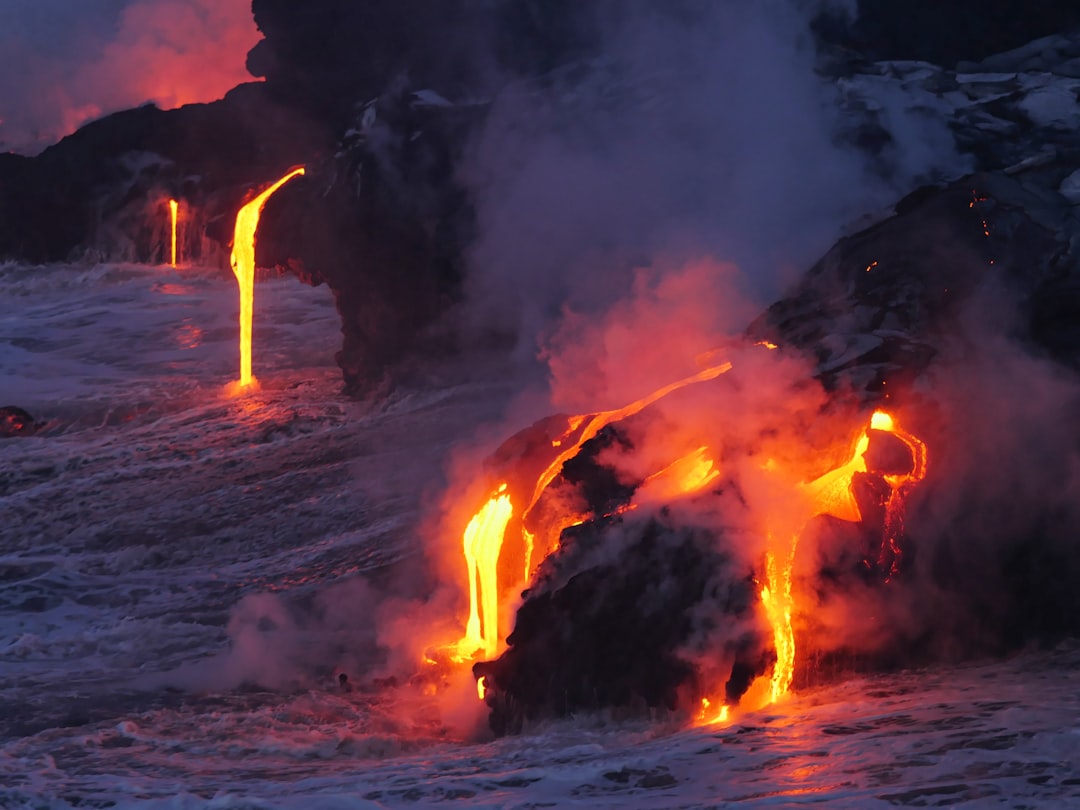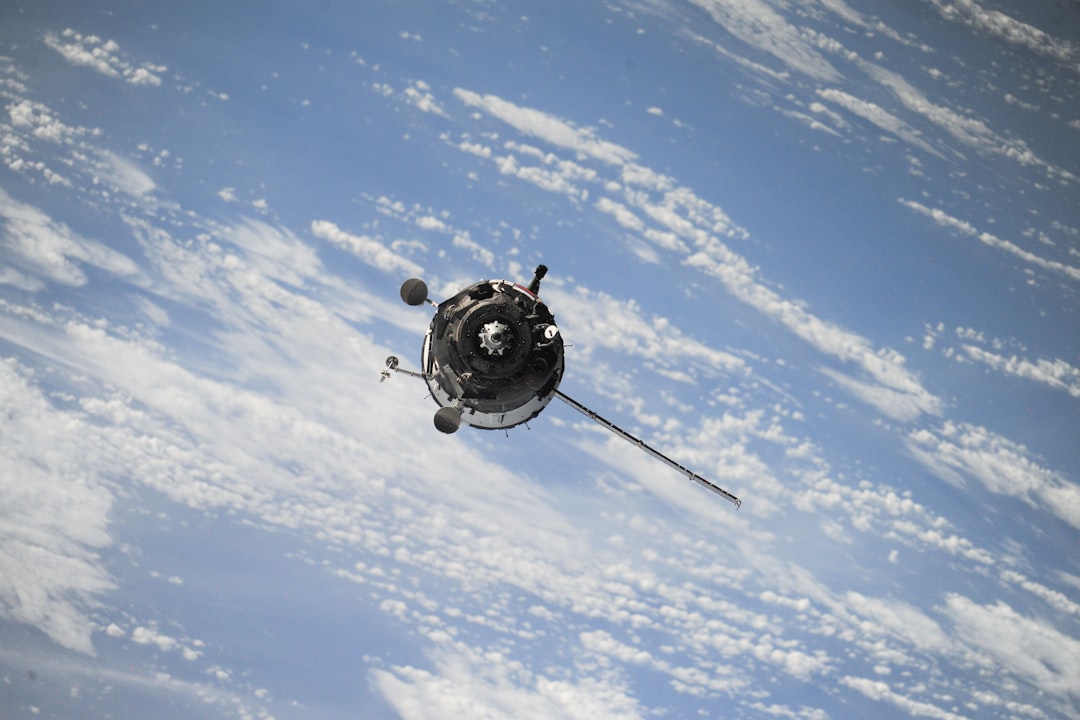What is it about?
This study analyzes the development of wind energy in the Republic of Belarus and the factors which have influenced that process. Being a landlocked country, Belarus has only onshore wind potential but was able to develop wind power, albeit later than other industrialized countries and on a smaller scale. In the aftermath of disputes with Russia over natural gas prices, the Belarusian government sought to reduce its dependency on imported energy through different strategies, including fostering wind power. Wind energy benefited from a system of feed-in premium tariffs and other economic incentives that were introduced in the early 2010s. Yet a 2020 nuclear power phase-in has affected the development of wind power negatively. An expected surplus of electricity has made the government view renewables as unnecessary and expensive instruments. This resulted in a decision to cap wind energy by reducing feed-in tariffs and introducing quotas. Because of these constraints, significant growth of wind energy is not expected in Belarus in the near future.
Featured Image

Photo by Waldemar Brandt on Unsplash
Read the Original
This page is a summary of: Current challenges and prospects of wind energy in Belarus, Renewable Energy, January 2022, Elsevier,
DOI: 10.1016/j.renene.2021.11.011.
You can read the full text:
Contributors
The following have contributed to this page










